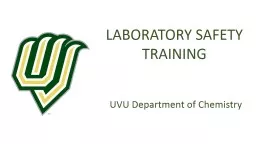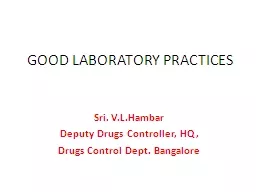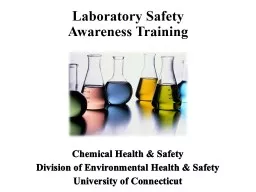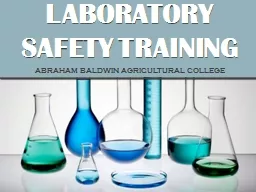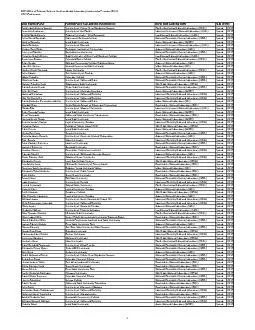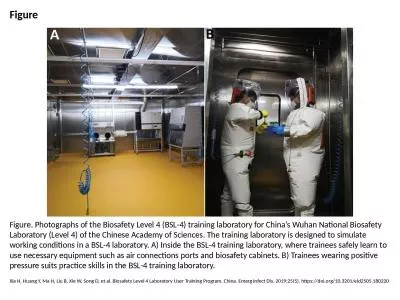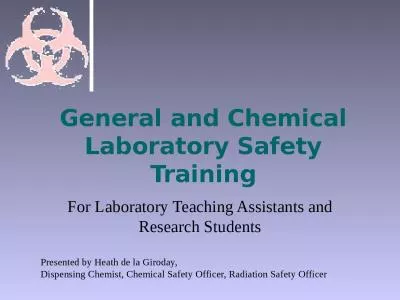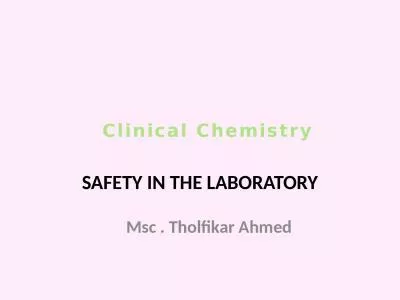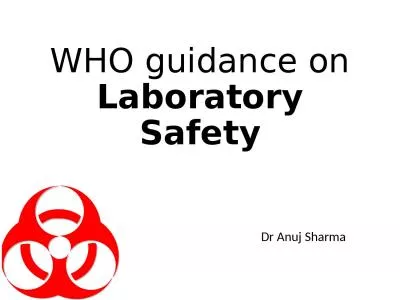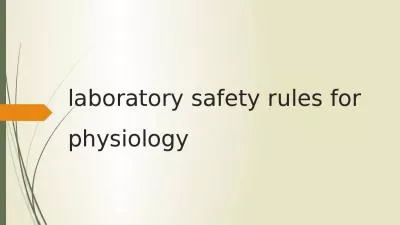PPT-LABORATORY SAFETY TRAINING UVU College of Science and Health
Author : test | Published Date : 2019-10-31
LABORATORY SAFETY TRAINING UVU College of Science and Health Chemical Hygiene Coordinator Craig Moore Office SB052b 8018635252 craigmooreuvuedu Why are we doing
Presentation Embed Code
Download Presentation
Download Presentation The PPT/PDF document "LABORATORY SAFETY TRAINING UVU College o..." is the property of its rightful owner. Permission is granted to download and print the materials on this website for personal, non-commercial use only, and to display it on your personal computer provided you do not modify the materials and that you retain all copyright notices contained in the materials. By downloading content from our website, you accept the terms of this agreement.
LABORATORY SAFETY TRAINING UVU College of Science and Health: Transcript
Download Rules Of Document
"LABORATORY SAFETY TRAINING UVU College of Science and Health"The content belongs to its owner. You may download and print it for personal use, without modification, and keep all copyright notices. By downloading, you agree to these terms.
Related Documents

